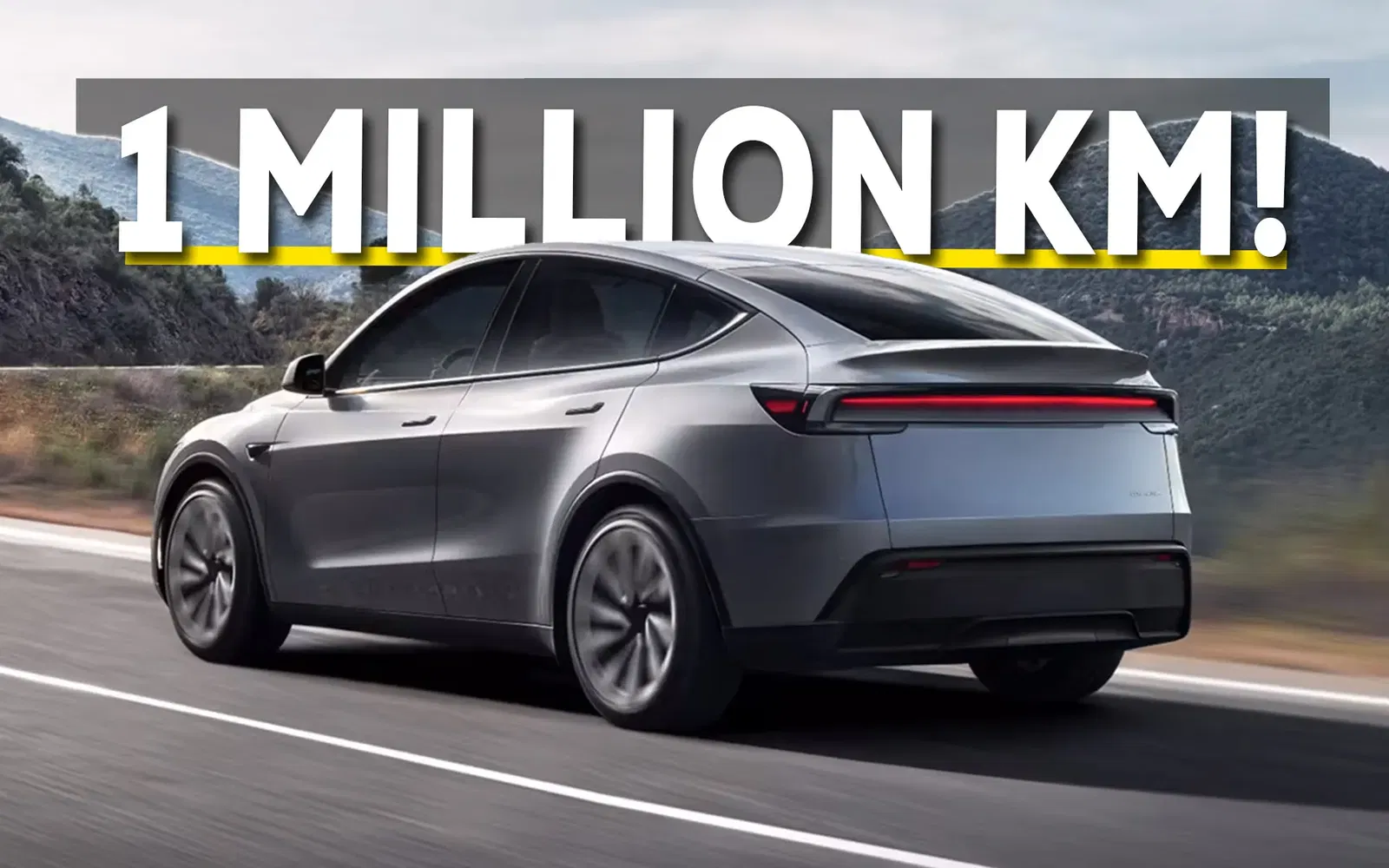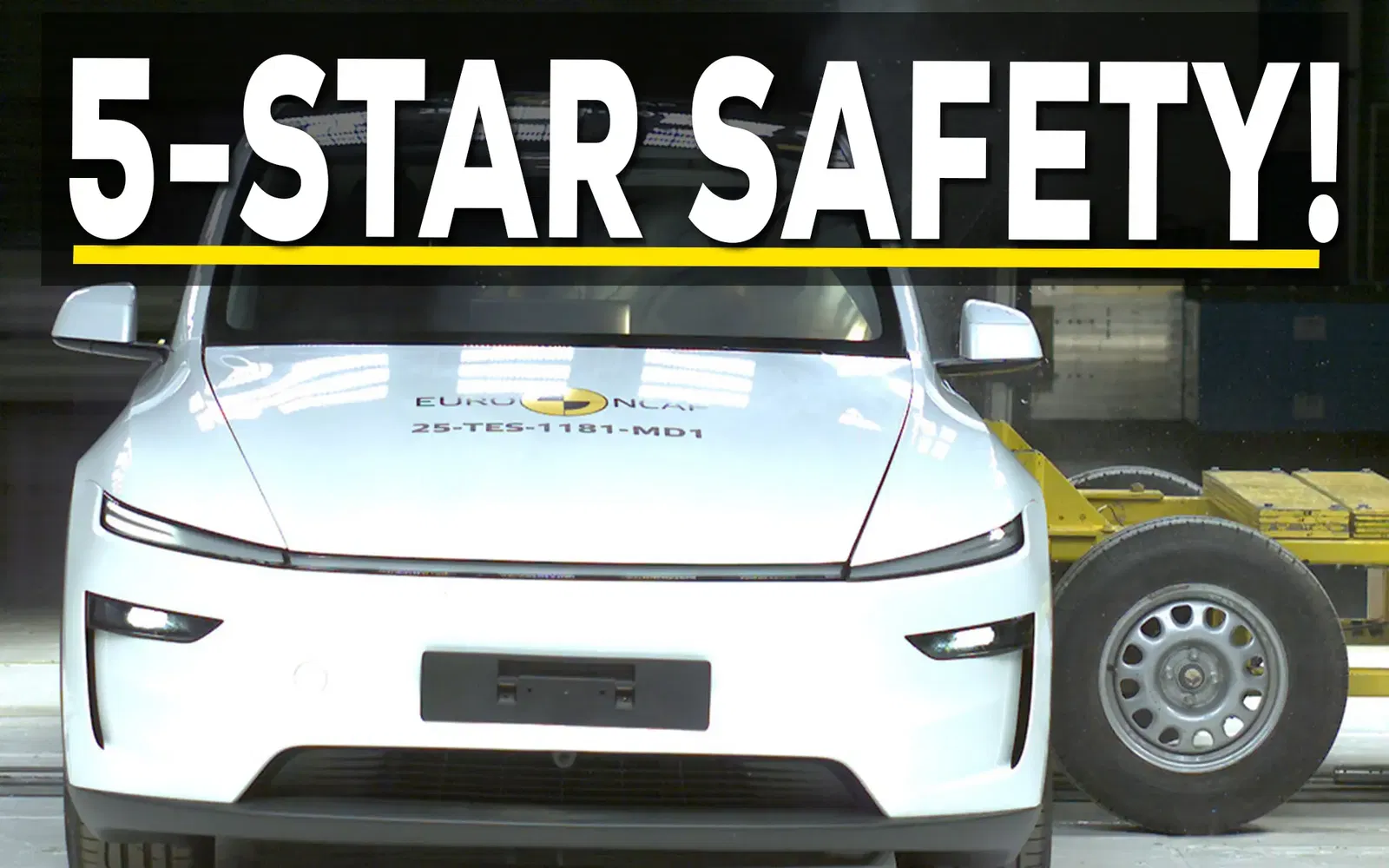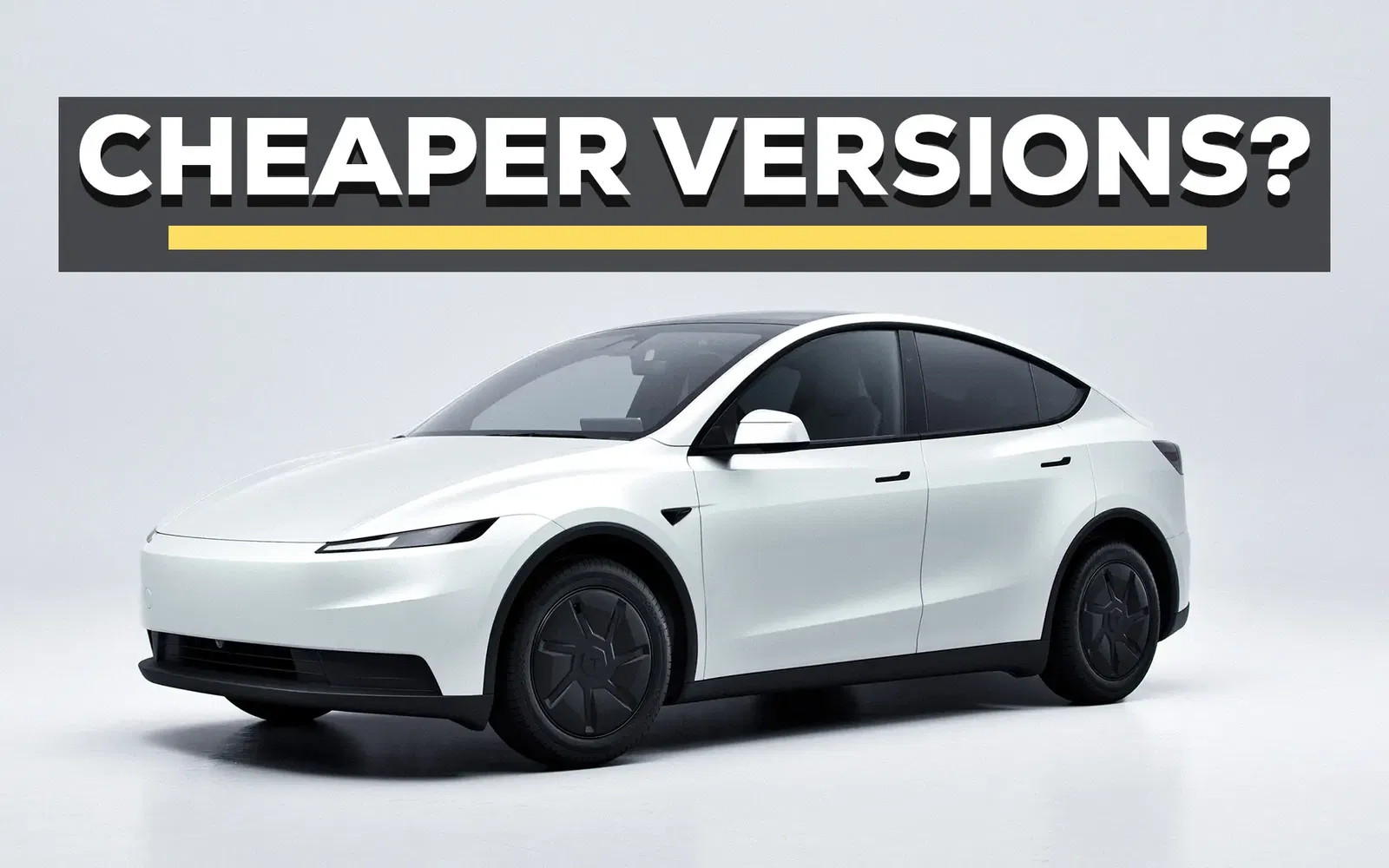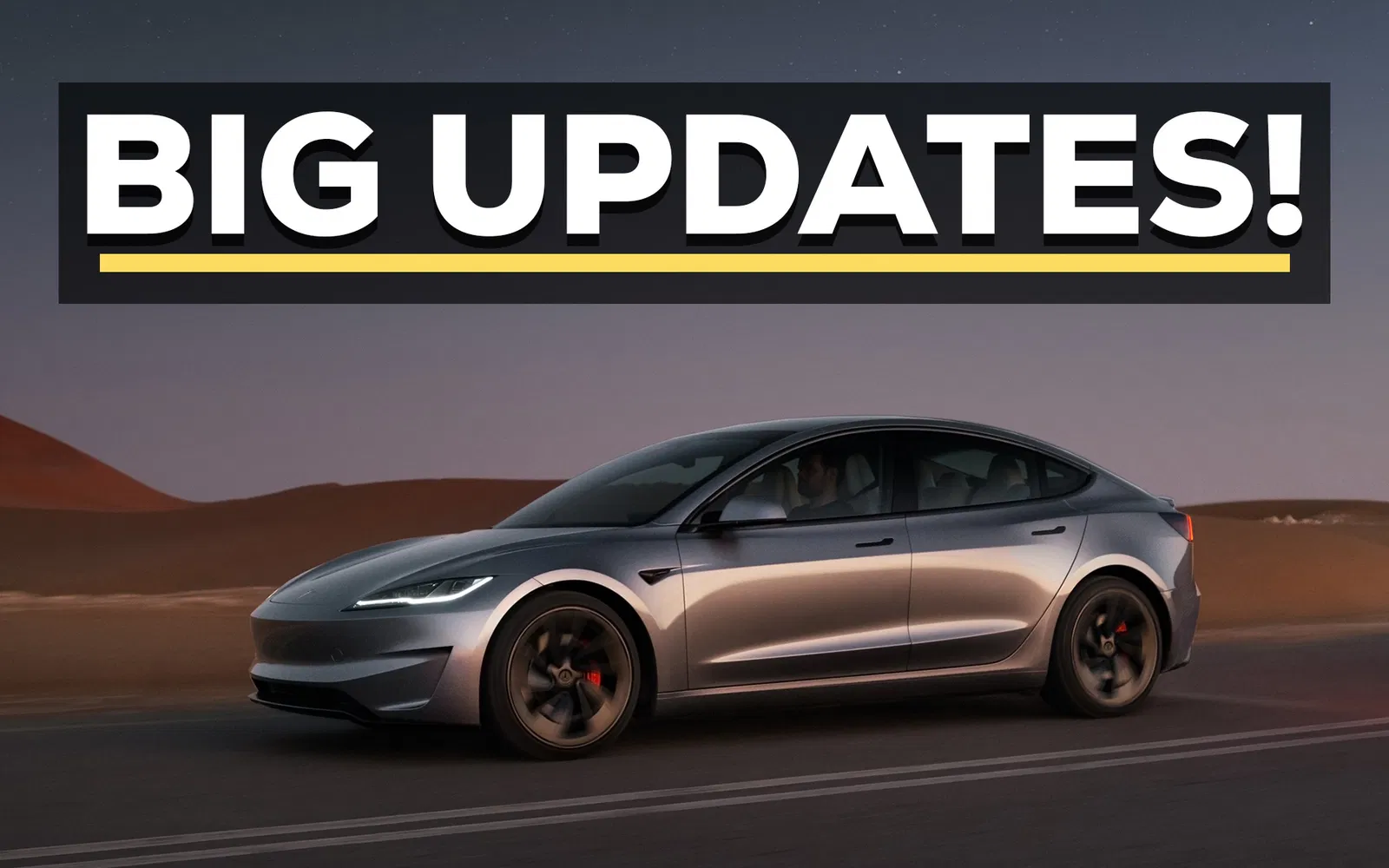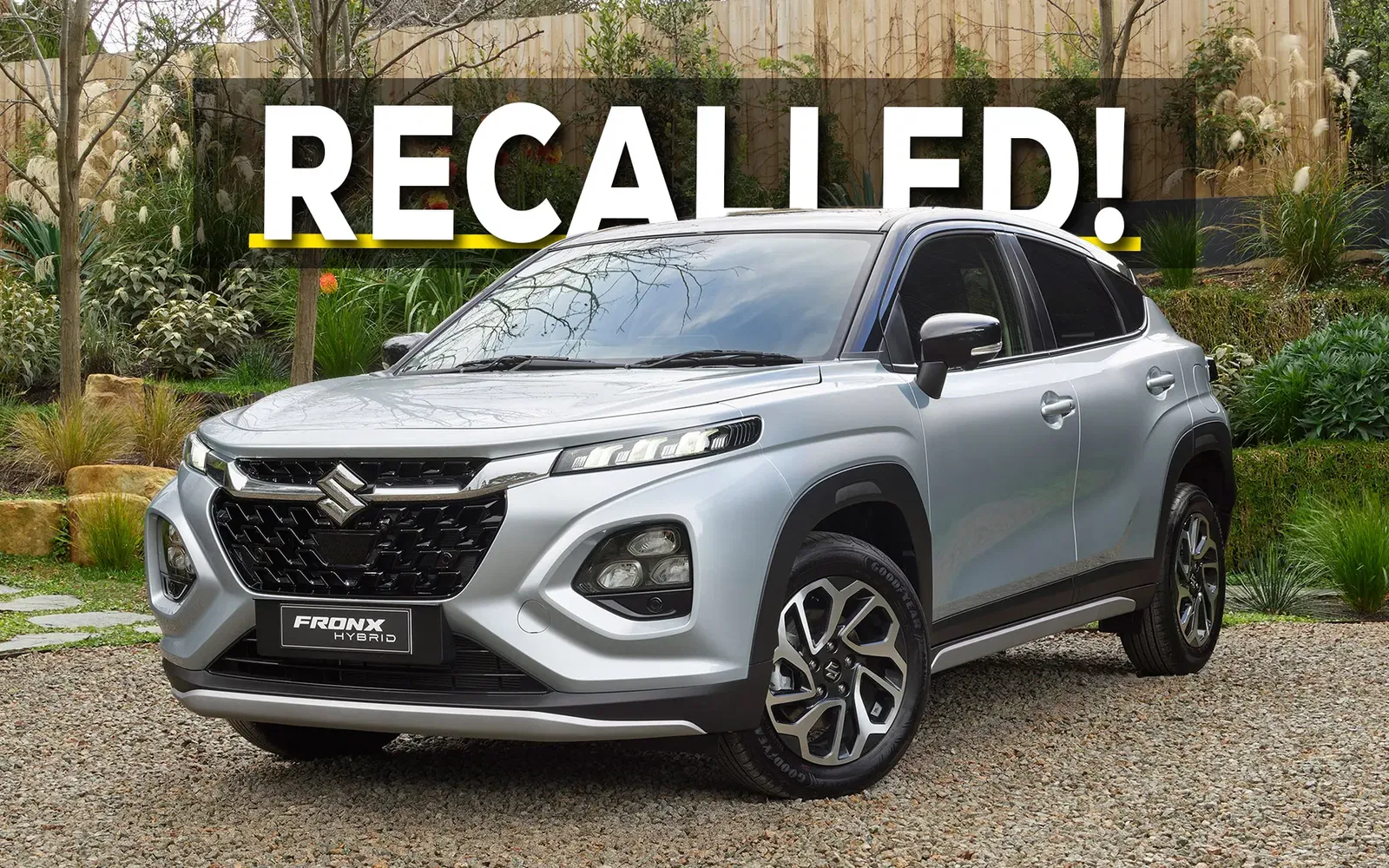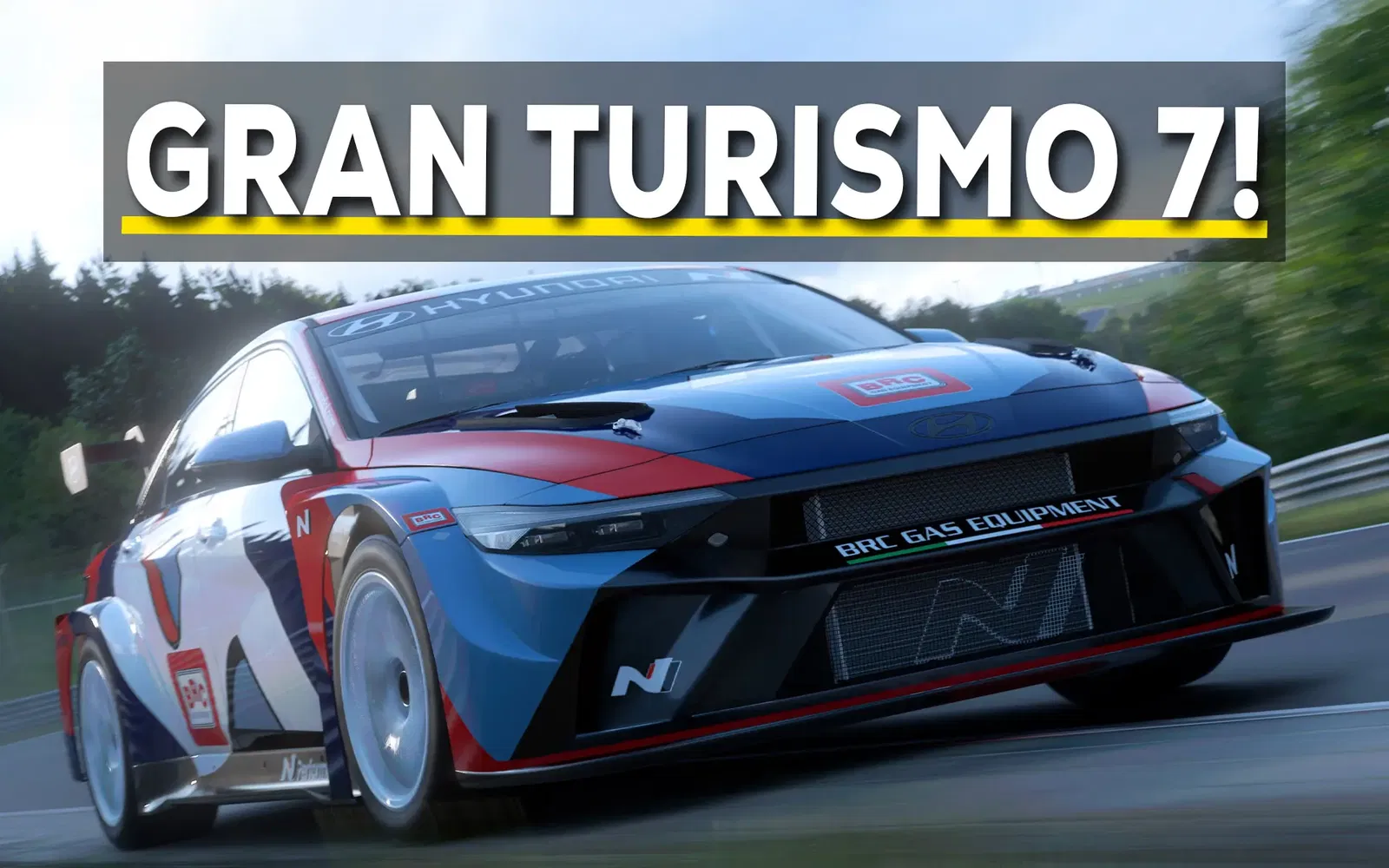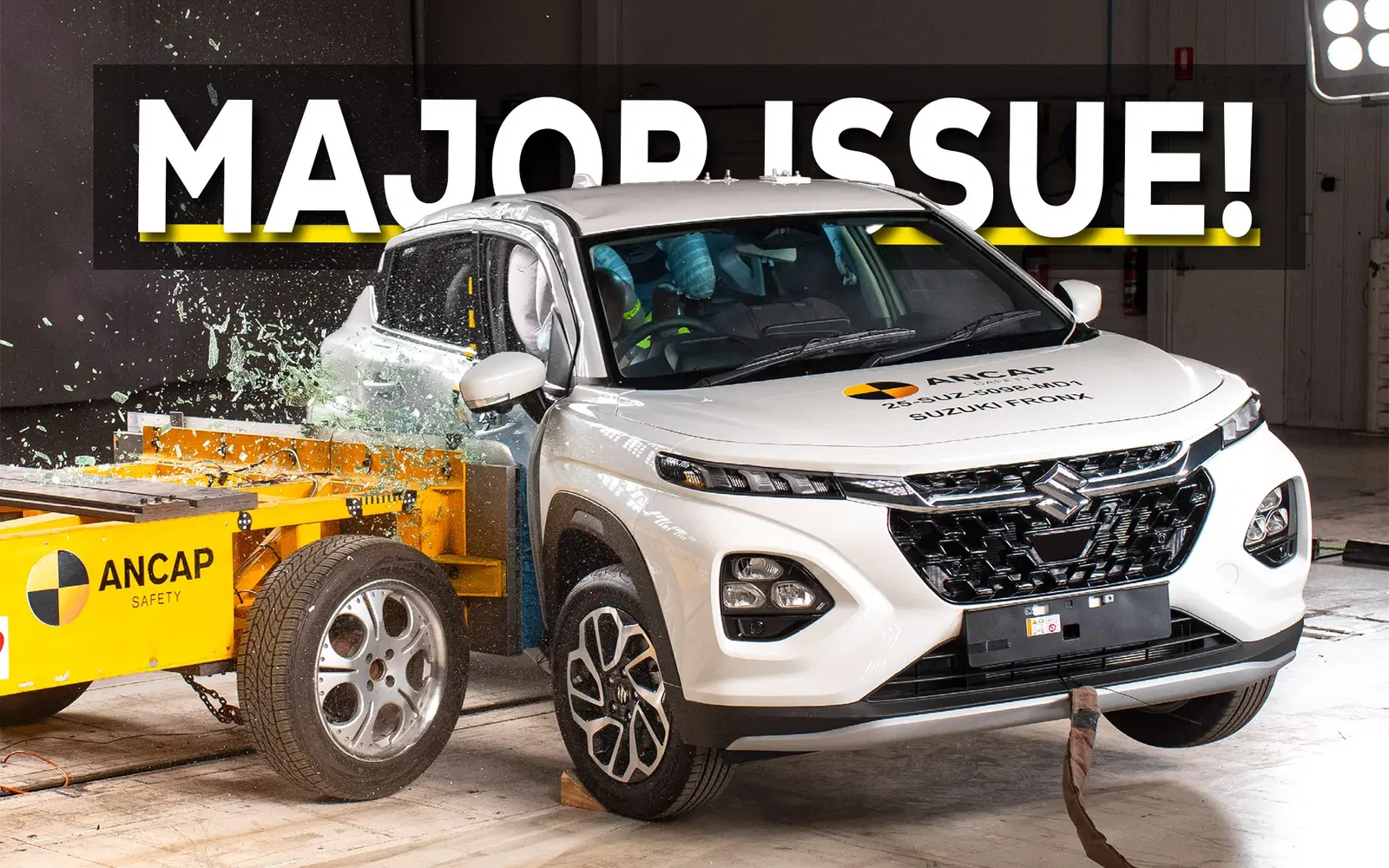Just ten days after Tesla launched Full Self-Driving (Supervised) in Australia and New Zealand, the company has confirmed that local owners have already logged more than one million kilometres using the technology.
The milestone highlights how quickly drivers have adopted the feature, which rolled out to Model 3 and Model Y vehicles equipped with Tesla’s latest HW4 hardware on 19 September.
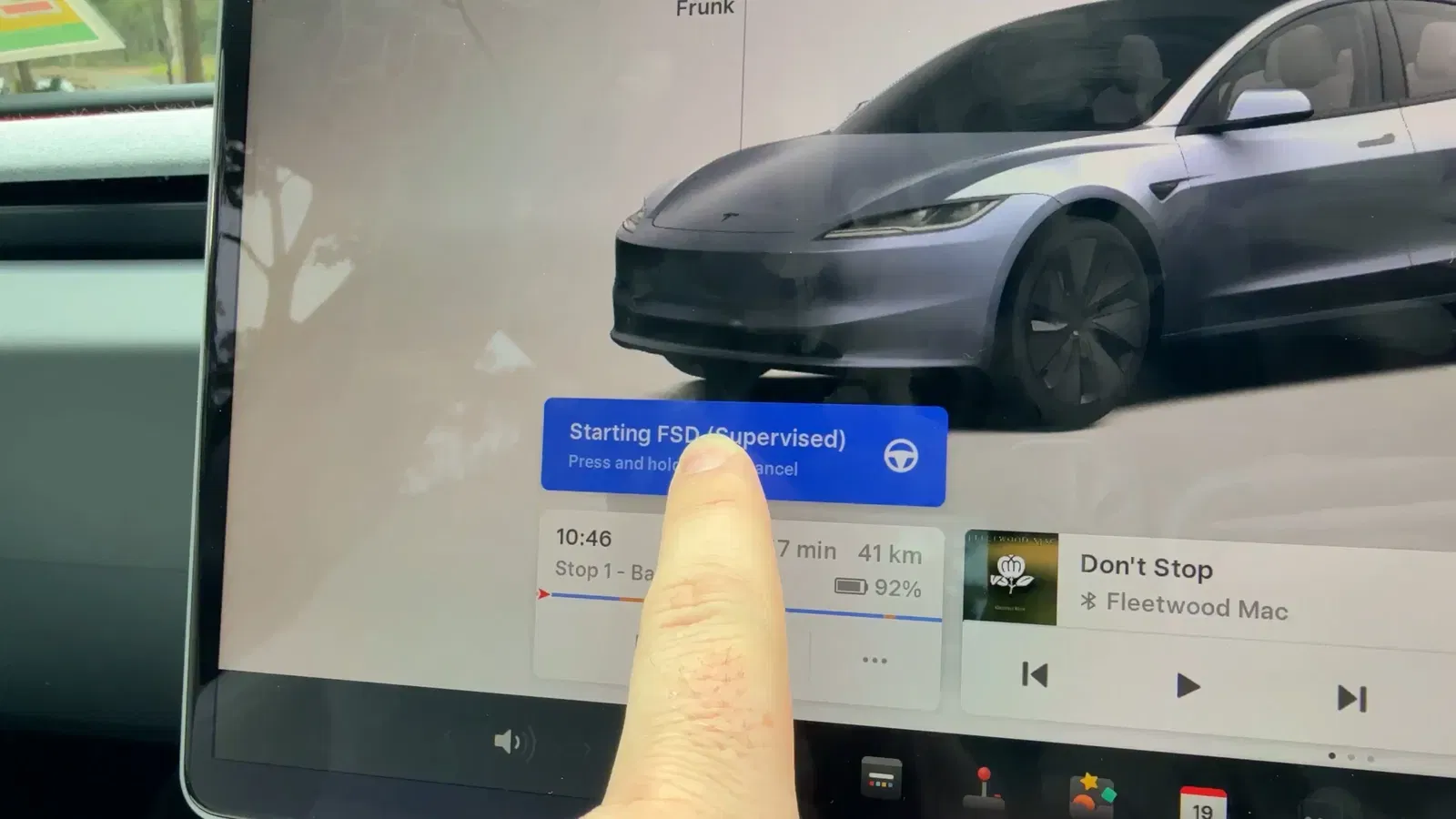
It follows months of public testing, including our hands-on drive of a pre-release build in Brisbane.
To put the figure in perspective, the Australian Bureau of Statistics reports that the average Australian drives around 12,100 km per year, or about 33.2 km per day across all vehicle types.
Reaching one million kilometres in just over a week is equivalent to more than 82 years of typical daily driving completed collectively in under a fortnight.
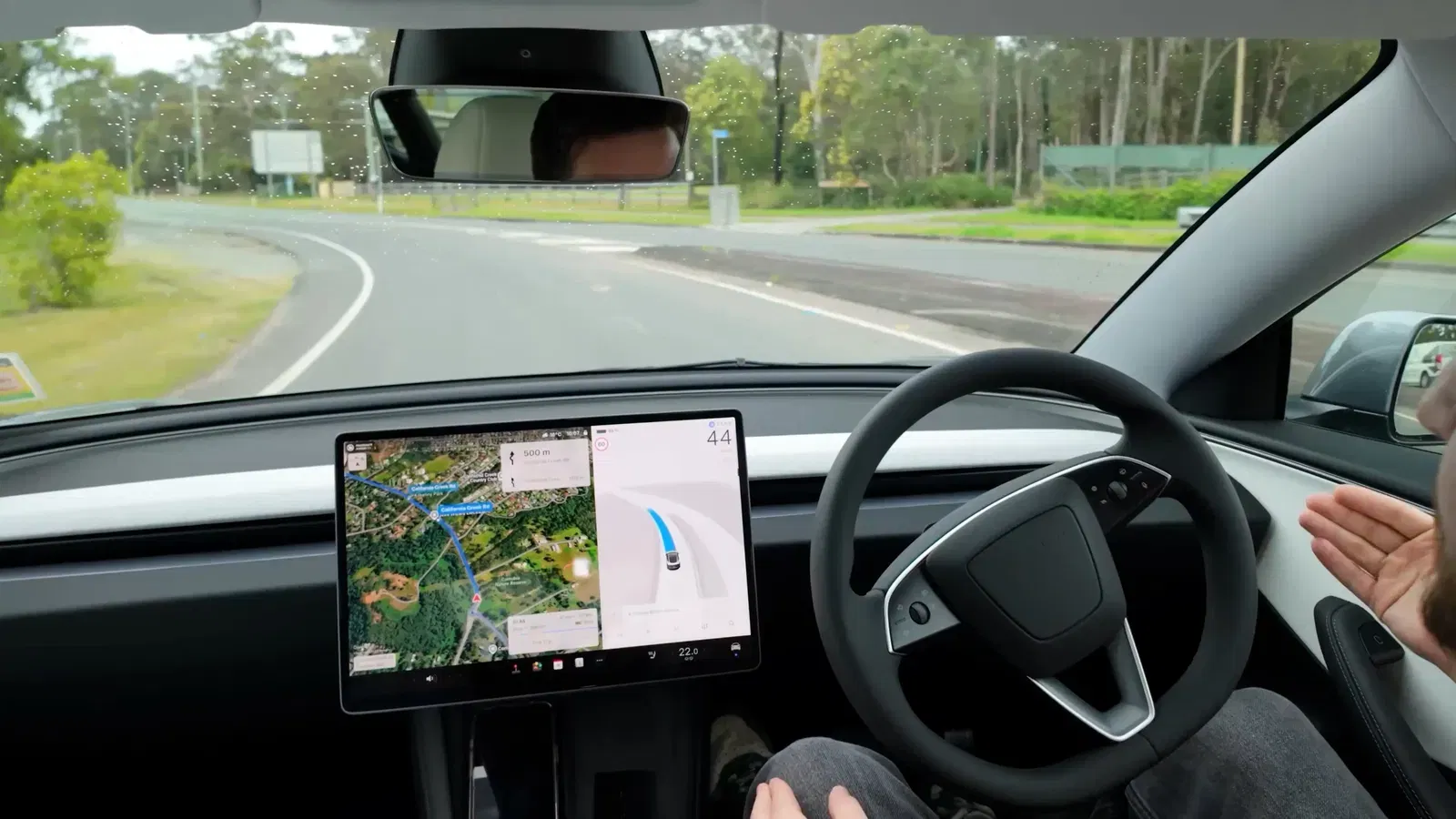
Tesla emphasises that FSD (Supervised) remains a Level 2 driver assistance system, requiring constant driver attention with the cabin camera monitoring for distraction.
The company says the feature is designed to handle lane changes, intersections, roundabouts, and highway entry and exit, but it does not make vehicles autonomous.
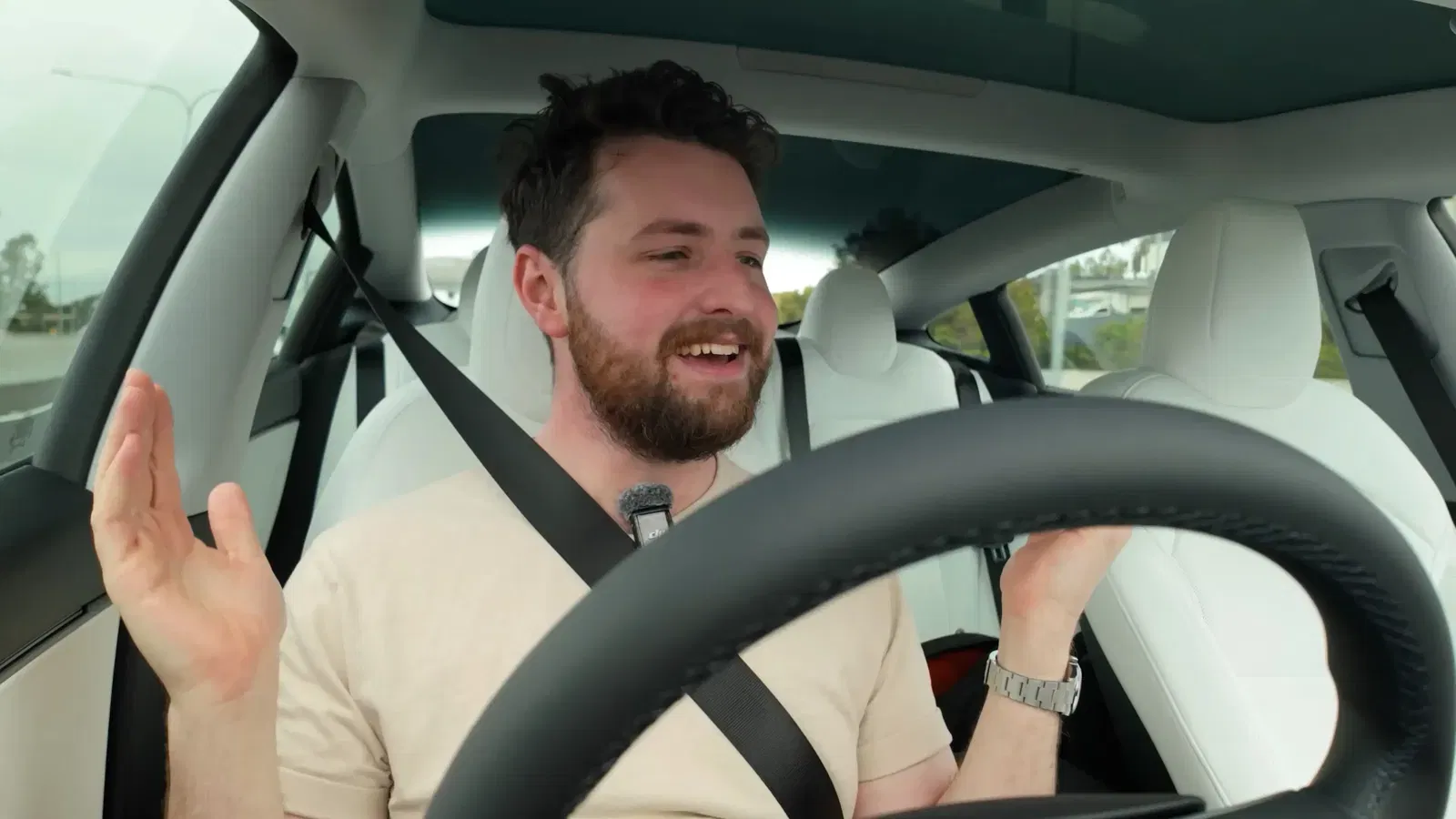
The rapid take-up of kilometres driven suggests that owners are eager to test the system in real-world conditions.
Tesla continues to refine FSD using driving data, with the Australian and New Zealand rollout providing valuable feedback in right-hand-drive environments.
FAQ
A driver-assist system that manages lane changes, roundabouts, and intersections but requires full driver attention.
How much does Tesla FSD cost in Australia?
It’s $10,100 upfront or $149/month via subscription.
Which cars support FSD in Australia and New Zealand?
Currently Tesla Model 3 and Model Y vehicles equipped with HW4 hardware.
Does FSD make Teslas fully autonomous?
No. Tesla stresses that FSD (Supervised) is not autonomous; drivers must remain attentive at all times.
Sign up to our newsletter
Be the first to know when we drop new car reviews.
.avif)

